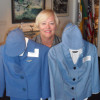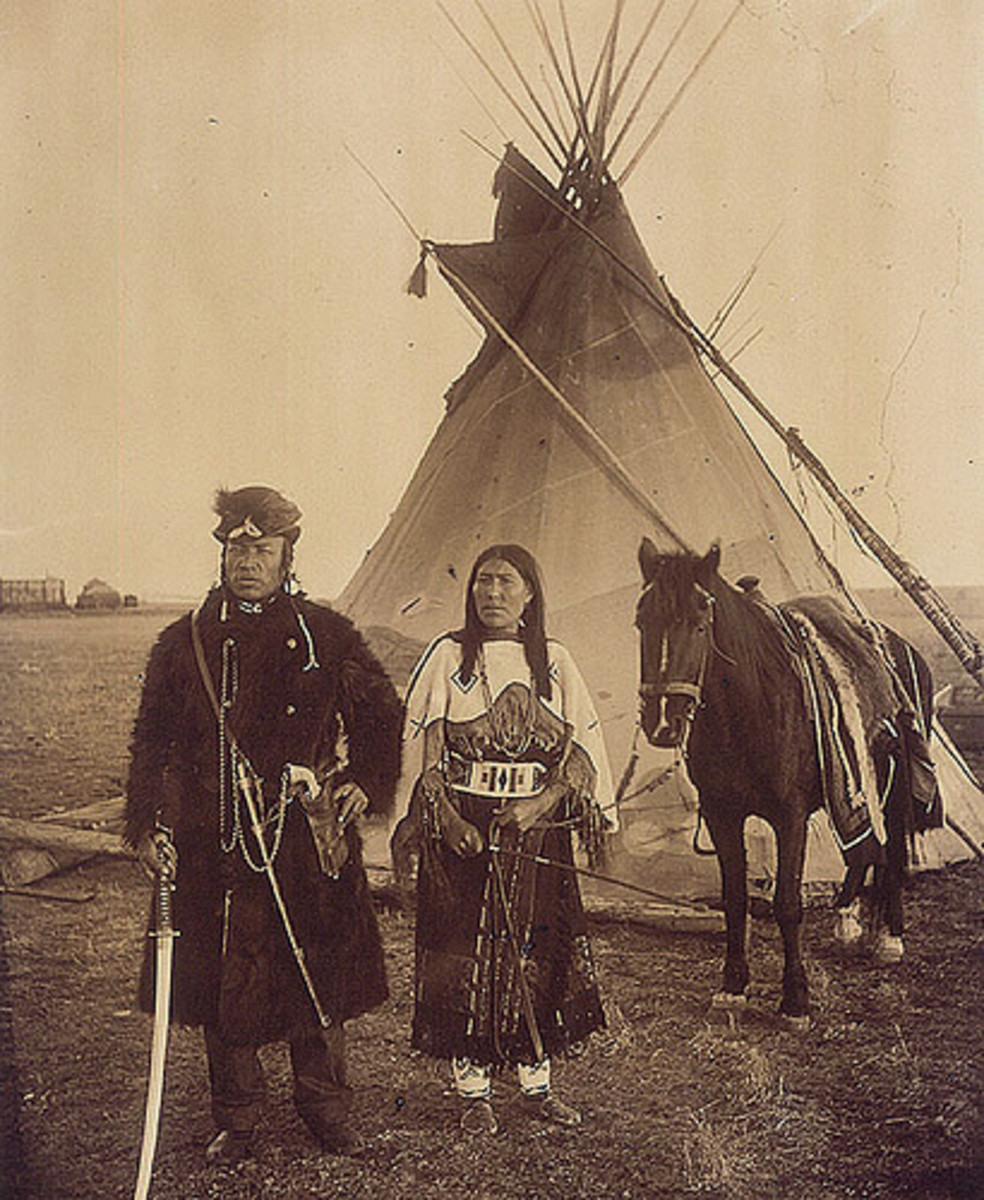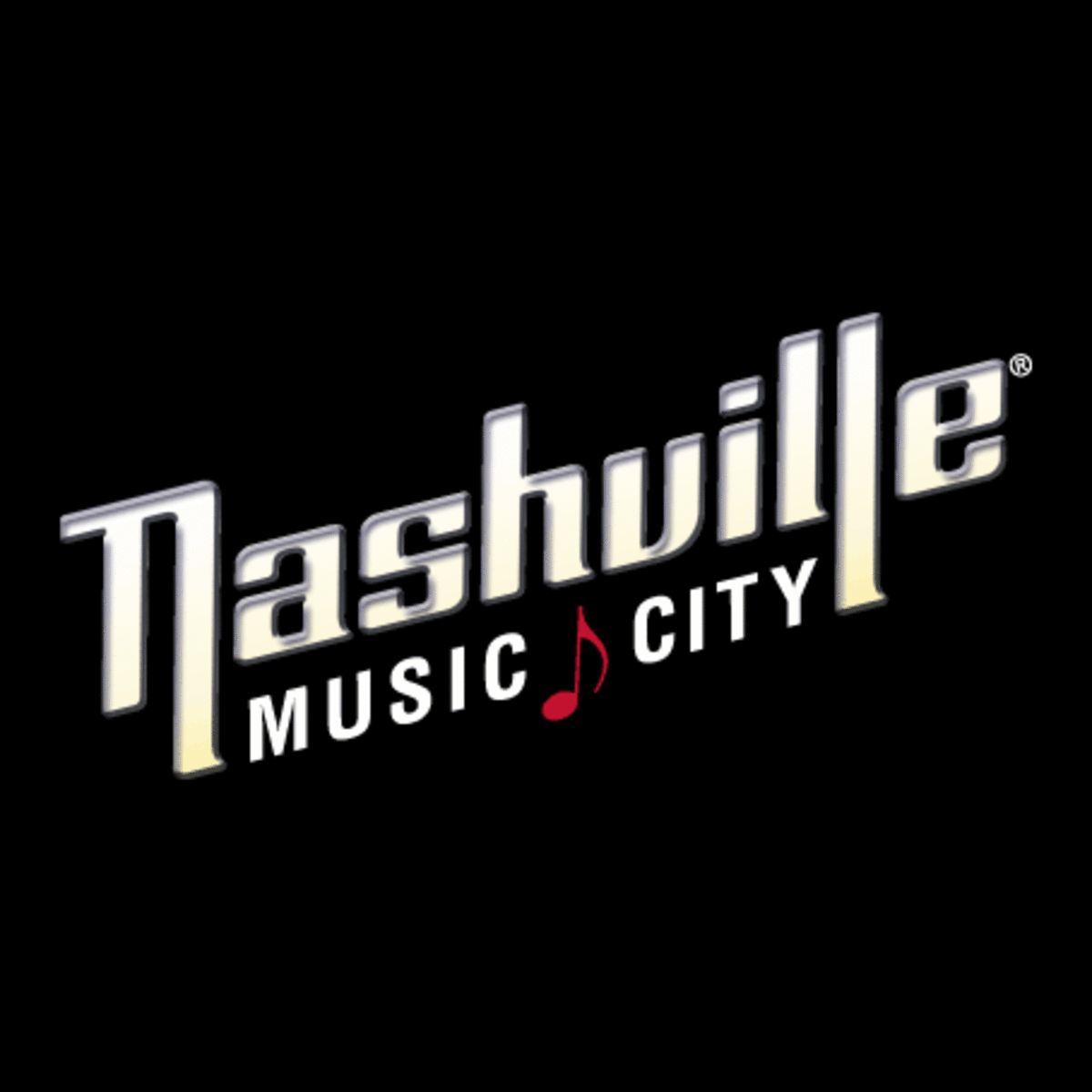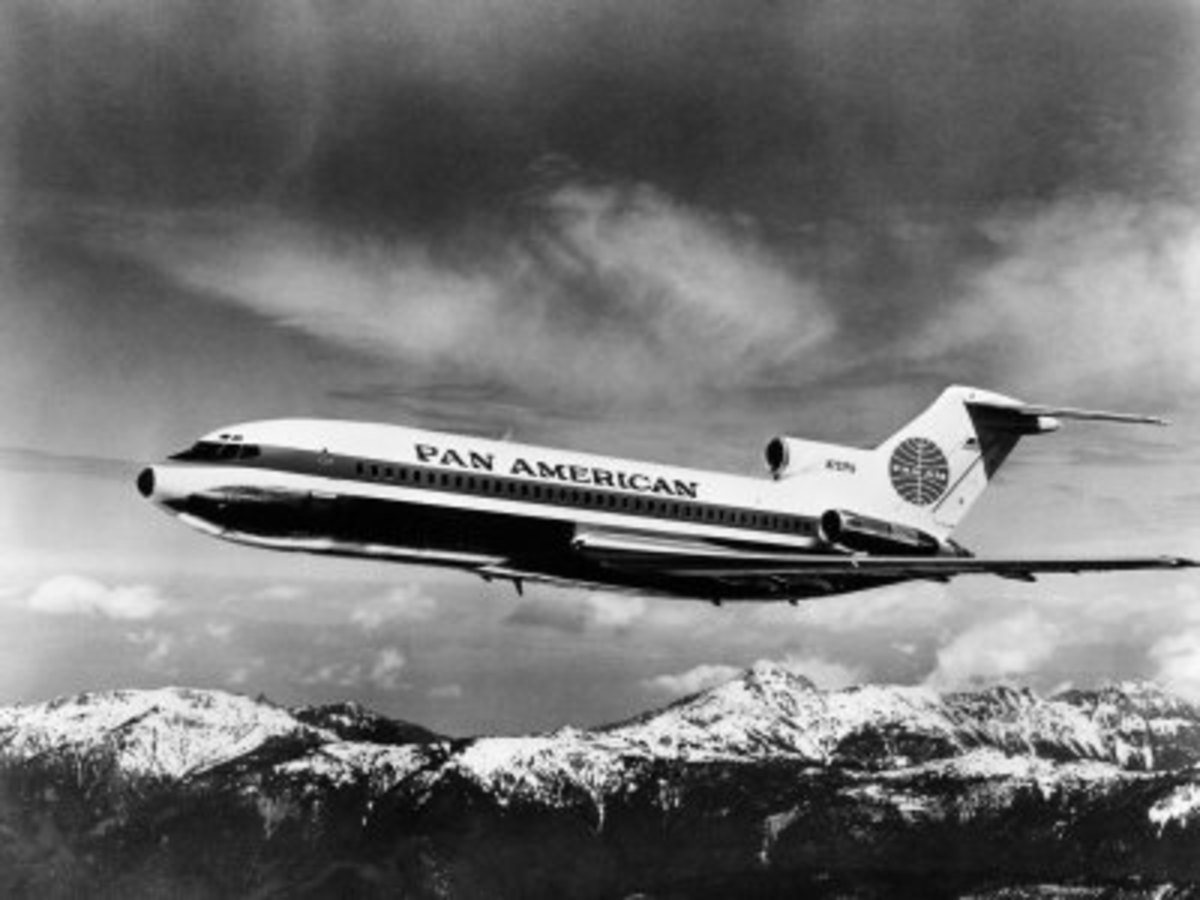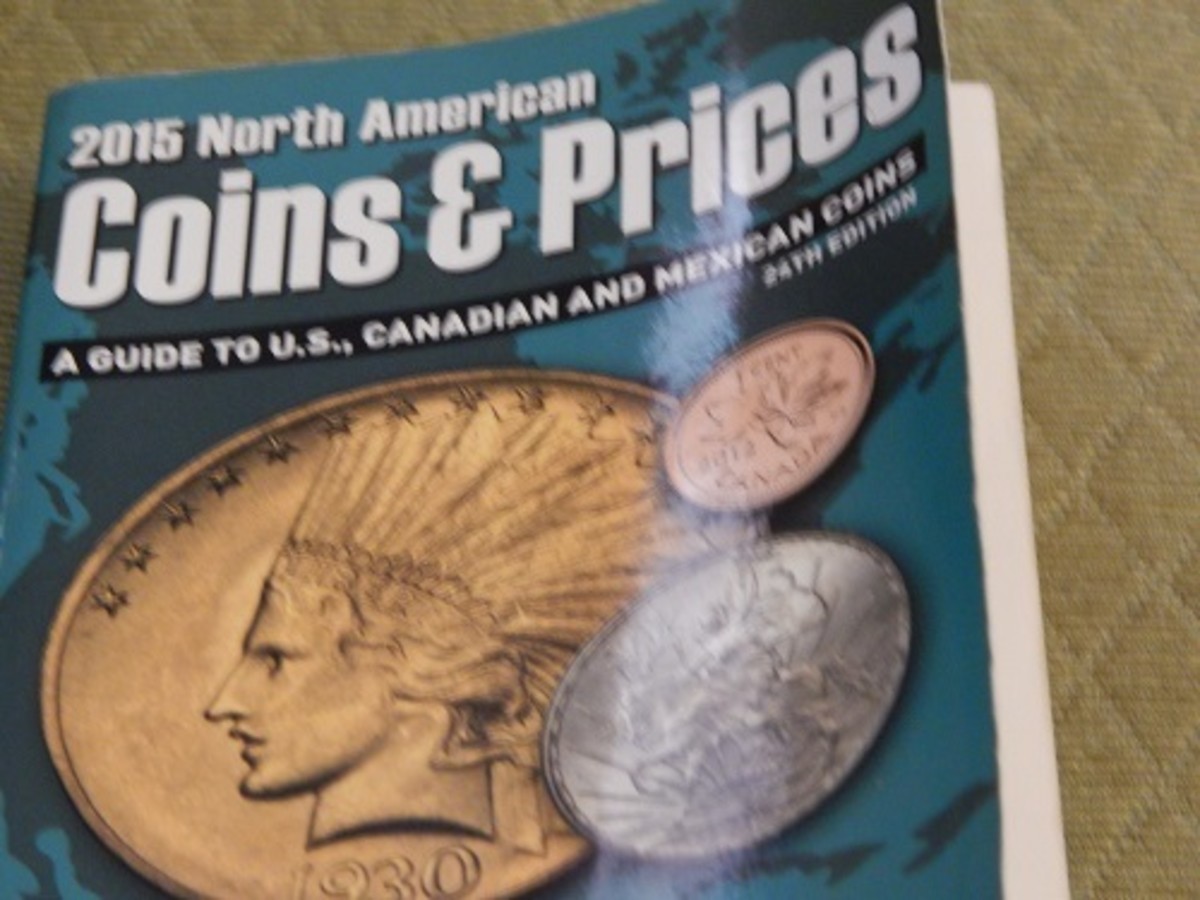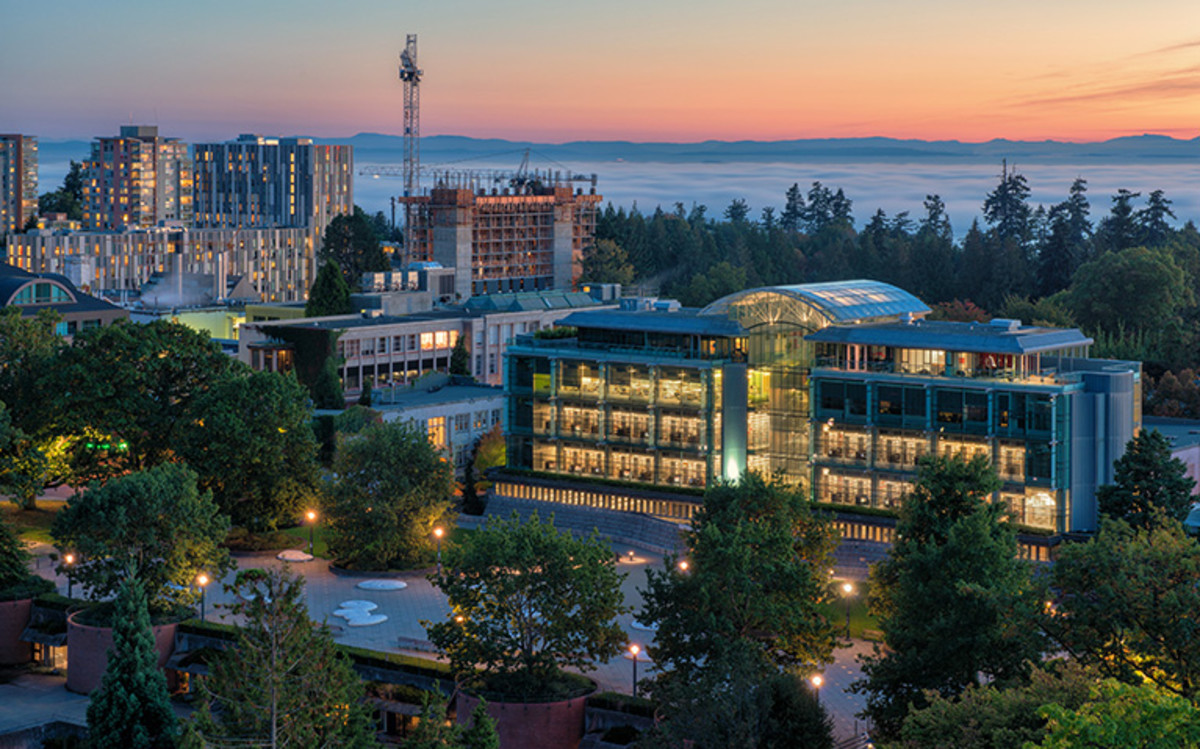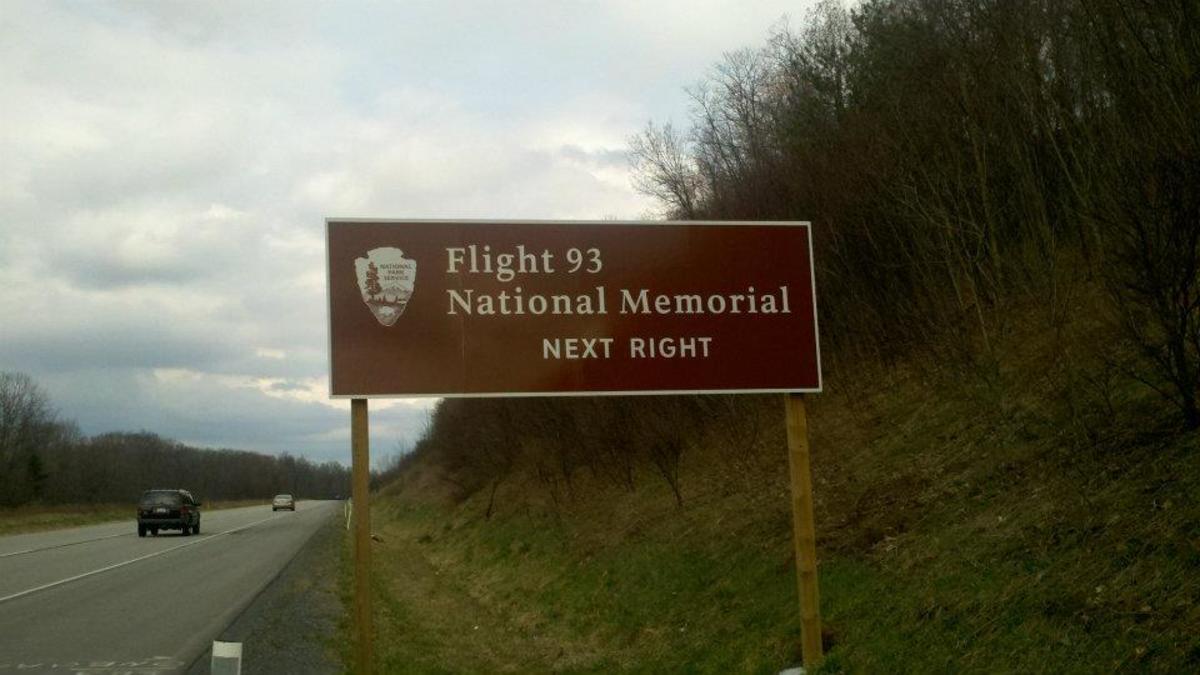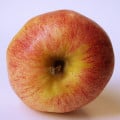Remembering 9-11 (Part 8 - Canada's Incredible Response)
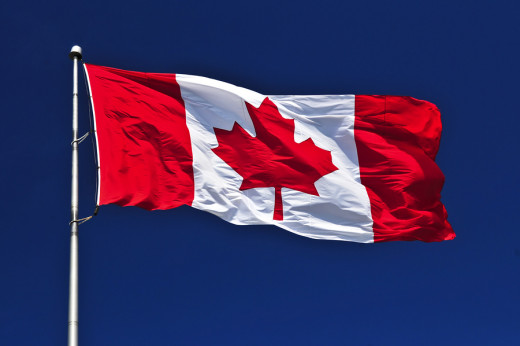
It’s complicated putting together the magnitude of this one day’s events and the impact it had on our world. But there is no doubt September 11, 2001 altered the way we were to the way we are today. And because of it, great freedoms disappeared, perhaps forever.
On that day two extremes 0f emotion surfaced: extreme hate and extreme love. As they surfaced, they both brought forth tears – tears of sorrow and disbelief as well as tears of appreciation for the kind acts of love and compassion shown by our Canadian neighbors in helping us deal with this disaster.
Following the attacks, countries around the globe sent their condolences. Even nations who in the past looked at our political views with distaste and anger were feeling empathy. Cuba, Libya, Iran, and North Korea actually had compassion for us as a nation. This was quite a rarity -- a moment of global togetherness. .” (LA Times, 9/12/2001)
From our three closest allies, the expressions of sympathy were even more heartfelt. In England, they played the American National Anthem at the Changing of the Guard at Buckingham Palace. The French wrote in their most popular newspaper, Le Monde, “Nous sommes tous Amercains” (We are all Americans.) In Germany, Chancellor Gerhard Schröder, said, “These attacks are war against the civilized world.” (LA Times, 9/12/2001)
Two international prime ministers were very connected to the 9-11 attacks. The first was John Howard, the Prime Minister of Australia, who was actually in Washington DC that day and was evacuated along with countless others. Then there was the Prime Minister of Canada, Jean Chrétien, who approved the landing of inbound international flights headed for the U.S. that morning.
In my earlier piece, “Clearing the Skies,” I wrote about the 17 different locations in Canada that accepted international flights and about Operation Yellow Ribbon (OYR) Now I will build on that introduction by giving you a clearer view of what happened the morning of September 11, 2001 in Canada.
While the U.S. was clearing our airspace, Washington was already talking to Transport Canada and Nav Canada in Ottawa – the Canadian capital. Both organizations are headquartered there. The first action of these organizations was to get their domestic aircraft down safe and sound as was being done in the U.S. (Remember that Transport Canada is responsible for all the division in their transportation system, while Nav Canada is a private organization that acts as the aviation division.) Nav Canada divided their operation that morning into two parts: strategic and tactical. The strategic activities were run from Ottawa, while the tactical operations were run out of Cornwall, in the province of Ontario.
During this operation, our FAA worked with Transport Canada and Nav Canada rerouting incoming U.S. flag aircraft. (Remember that other flights from other international countries were also headed to Canada that morning.) They had a total of 255 flights to deal with. The U.S. flights were only part of the number.
The mission of OYR was to divert potentially destructive air traffic away from U.S. targets and get the aircraft on the ground safely. So shortly after 10:30 a.m. EDT, the following message appeared in the cockpits of all inbound international flights: “All airways over the continental U.S. are closed. LAND ASAP at the nearest airport in Canada. Advise of your destination.” (Source 4)
Planes that had not reached the midpoint of their flight were instructed to turn around and head back to their originating city. Crews on flights that were beyond the midpoint started getting out their maps and calculating their closest approved airfields.
Because of the uncertainty of not knowing if more terrorists were out there, the main focus (along with safe landings) was to have as many planes as possible land in rural cities and at military bases.
Our neighbor to the north is divided into 13 parts. In the very north of the country are 3 territories: Yukon Territory on the west, the Northwest Territories next to it, and Nunavut, to the northeast. The total population of all three territories is less than 150,000 (or about the same size as the city I live in). (Source 1)
South of the territories are the 10 Canadian provinces. Starting on the Pacific Coast and moving east, the provinces are British Columbia, Alberta, Saskatchewan, and Manitoba --the latter three of which are called the Prairie Provinces. Continuing to the east are the Provinces of Ontario (where the capital is located) and Quebec. In the Northeastern part of the country are the four Maritime Atlantic Provinces. The most northeastern is Newfoundland and Labrador (one province). To the south of Newfoundland are Nova Scotia, Prince Edward Island and New Brunswick. Three of these northeastern provinces (excluding Prince Edward Island) received the most concentrated share of the international flights on September 11th.
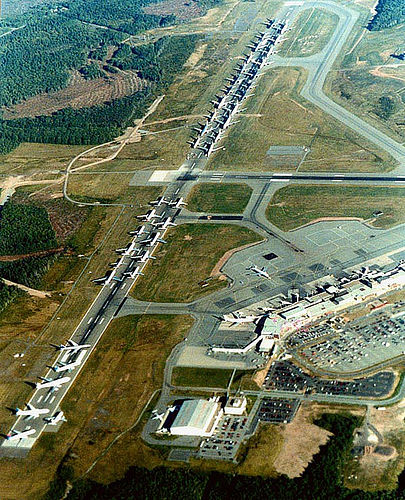
There have been beautiful stories told of the people of Newfoundland who took such great care of their guests which they called “the plane people.” The stories from Gander were perhaps the most incredible because it was the most rural and had the smallest population. Gander is the first North American airport on the Atlantic approach. The city of Gander, which has less than 10,000 people, had 38 flights land there. St John’s, Newfoundland’s largest city with a population of 190,000 had only 21 planes land there. Other cities hosting arrivals were Stephenville, which had 8 planes; Goose Bay (where the Royal Canadian Mounted Police train) had 7 planes; and Deer Lake in Labrador had one private jet land there. In all, Newfoundland and Labrador welcomed 75 planes.
Halifax, Nova Scotia, with a population of 400,000, is a designated entry city into Canada. Halifax had 47 planes land there. (Source 1)
The province of New Brunswick, which had a population of a little over 700,000 on September 11, 2001, accepted another 10 aircraft at the Moncton International Airport. The city of Moncton is in the southeastern corner of the province and has a polulation of over 90,000. So supplies were less of a challenge there than in the more rural areas. These 10 aircraft brought the total number diverted into the Atlantic provinces to 132. These provinces are just across the border northeast of Maine. (Source 1)
Clearly, Newfoundland faced the most complicated and challenging task. Because of security procedures and limited support equipment, the planes were unloaded sequentially. The last of the 38 planes to land in Gander was not deplaned for close to 28 hours. Amazingly, as each of the Gander aircraft unloaded and the passengers processed, warmhearted locals were there to meet the weary passenger and help them to feel at home to the best of their ability. They loaded them on to school buses and bused them to several different surrounding towns including Gander. Authorities placed the elderly in private homes, and kept the families together. Most of the facilities used to house these passengers were elementary and high schools. While this was happening, the people who were still aboard their aircraft awaiting processing were fed sandwiches, given water, and had their restroom facilities serviced regularly. (Source 3)
Just think of the incredible challenges that were being faced by the residents of this quaint part the world when they were inundated by visitors. Most Newfoundlanders depend on supplies from the U.S. and the larger Canadian cities, and they were dependent on outside sources to help fill the resource gaps they faced in providing for the passengers. Remember, the airways were shut down, so ferries, trucks, and trains were the only means of transportation bringing in the goods, along with the Canadian Air Force.
Fred Hollett was the acting Director of Emergency Measures for Newfoundland and Labrador at this time. This little organization ended up doing the work that 10 different Federal and provincial organizations would normally do. Working along with him was Elizabeth Horwood, the Director of Human Resources and Employment, and her staff. They got the churches involved, along with medical people, the Canadian Red Cross, charities, including the Salvation Army, and any volunteers they could get. They even had children making sandwiches for the people still left on the planes. (Source 3)
The “plane people” were not allowed to take any personal items with them except for purses, wallets, and identification. (Source 3) So after a few days, underwear, soap, shampoo and medicines were very much in demand. Newfoundlanders met this huge challenge. INCREDIBLE!
In the town of Lewisport, a 45-minute drive from Gander, the normal output of baked bread was 300 loaves. But during this period, the bakeries were producing 1500 loaves to keep up with all the sandwiches that were required. (Source 3)
Local businesses in St John’s and Gander donated potatoes and beef and other food stuffs for daily meals. The Canadian Air Force flew in more than 3000 cots to handle the extra visitors. Pharmaceutical stores supplied medicine with the aid of doctors and nurses for those in need. More detailed stories are available in articles I will mention later. (Source 3)
In St John’s, Newfoundland, one of the passengers on one of the 21 flights was the vice president for international marketing for Wal-Mart. When this man, John Ryan, was told of the problems people were having without their personal belongings, he called his headquarters in Bentonville, Arkansas, and told them of the situation After his call, all the “plane people’ in St John’s were allowed to go into the local Wal-Mart and shop -- at no charge! (Source 3)
After several days, people reboarded their planes in proper order to continue on their journeys to where they had originally planned to land. But as they boarded, they were much different than when they had deplaned. They knew each other’s names; they exchanged addresses and phone numbers; they laughed together; they were connected; they had become friends. (source 4) After these few days in this far eastern Atlantic corner of Canada, people knew they would never be the same. They gained a special insight into how man is supposed to treat his fellow man – kindly and lovingly. So now I think it is understandable why Gander has been written about in several articles.
Leaving the Maritime Provinces and moving westward, we find the Province of Quebec -- the heart of French-speaking Canada. There in Montreal, a total of 17 aircraft were landed: 10 at Mirabel International Airport and 7 at Doral International Airport. Montreal is a major port of entry for Canada, so the processing there was much quicker than in the Maritime Provinces.
Continuing west to the Province of Ontario, 14 aircraft landed at Toronto – another major port of entry. The town of Hamilton welcomed another 4 aircraft. The Province of Manitoba, next to Ontario, had 15 aircraft land at Winnipeg, the provincial capital. Manitoba’s neighbor, Saskatchewan, was not called on to accept any of the unscheduled visitors.
Most of the Pacific flights landed in the two westernmost provinces – Alberta and British Columbia -- as well as the Yukon Territory. In Alberta, 6 airplanes arrived in the provincial capital of Edmonton. To the south, in Calgary, another port of entry, 13 more aircraft were received. (Source 1)
The West Coast province of British Columbia is where the beautiful city of Vancouver is located. It is also a major port of entry. Vancouver had 34 international flights arrive that day. One of them, a 747 Air China (from Beijing to San Francisco) was escorted in by two F-15s because of suspicious communications. When they landed it turned out to be just miscommunications. When the last aircraft arrived at 3:00 PDT the city’s population had increased by 8,500. (Source 1) Because Vancouver is also a port for the major cruise lines, many people were put on board vacant cruise ships because of the critical need for housing. (Source 6)
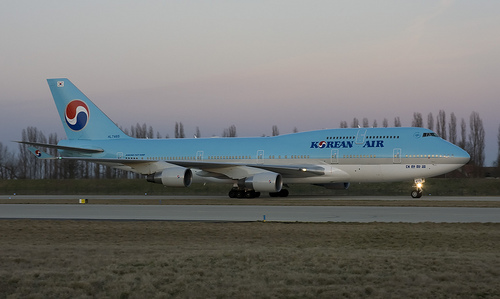
In the Yukon, the home of the Canadian gold rush, 3 aircraft landed at the territorial capital of Whitehorse. Two were 747s from Korean Airlines. KAL flight 85, en route to New York, was thought to have been hijacked because its transponder was not working properly. Because of the feared hijacking, schools and government buildings were evacuated before the 747 was allowed to land with an escort of F-15s from NORAD along with the Canadian Air Force. The flight was met by the Royal Canadian Mounted Police who removed the crew from the aircraft. But, of course, the flight was not one that had been hijacked. (Source 5)
In the Northern Territories, at Yellow Knife International Airport, the one aircraft received had no major incidents.
In conclusion, so much was going on all over North America. Between the attacks and the airspace closing down, thousands upon thousands of people were left stranded and displaced. But through this disaster, some wonderful stories were born. In Gander, they even found two gorillas in one of the plane’s cargo areas that needed to be cared for. (Source 3) The beautiful part of mankind – the higher self – comes out when we are in crisis. When we are down, there are people around to help us back up. So I say once again to our Canadian neighbors, thank you for opening your hearts and your homes to those who needed you so much.
Source Documents:
1. Wikipedia, “Operation Yellow Ribbon”
2. Wikipedia, “Canada: Territories and Provinces by Population”
3. Catherine Morrison, “In Crisis: Under Control,” Summit, 2003, p 4-6
4. “Take a Gander”, www.snopes.com/rumors/gander, 2001
5. “September 11, 2001 Whitehorse International Airport Emergency,” Public Findings Report, Yukon Emergency management Department, November 13, 2001
6. Personal interview, Irene Osborn, May 1, 2011.
Additional articles that might be viewed.
1. Crosette, Barbara, “Unexpected Guests Warm Hearts in the Frozen North,” TheNew York Times, November 18, 2001.
2. Defede, Jim, The Day the World Came to Town, 9/11 in Gander, Newfoundland.
3. Lewis, Donna Williams. Local Travelers Find Help Far From Home,” The Atlanta Journal and Constitution, September 27, 2001, p JE9.
4. Lowe, Ed. “Little Canadian Town, But Big Hearts.” Newsday. September 30, 2001, p G5.
5. Simon, Bernard. After the Attacks: The Northern Haven.” The New York Times,September 15, 2001, p A19.
6. Sweet, Patricia R. “Surely Canada is Our Best Friend, Closest Ally.” The [Cleveland] Plain Dealer, October 1, 2001, p B6.
